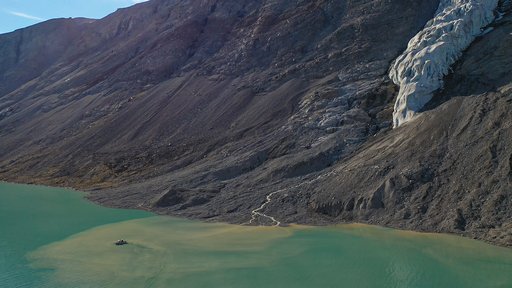Scientists Highlight Overlooked Threats to Arctic Coasts Amid Climate Change
It is well documented that the Arctic is warming at a rate 3-4 times above the global average, that sea ice is melting, glaciers retreat and permafrost thaws. But what happens when these changes are combined? This is the reality for Arctic coastal ecosystems and new research published in Limnology & Oceanography Letters suggests that these far-reaching changes have been largely overlooked.

As climate change rapidly transforms Arctic marine systems, the dramatic image of a polar bear struggling on a melting ice floe has become symbolic of the region’s environmental crisis. But Scientists argue that coastal Arctic ecosystems are undergoing a complementary set of changes to those in the open ocean. These changes are intensified by the interaction of land-based and marine transformations, driving significant impacts on both the environment and local communities.
"An increasing number of ecosystem drivers along the Arctic coasts are having broader implications for both ecological and human systems," the researchers observed. "The consequences of these changes are greater than what can be quantified in the open Arctic Ocean alone." Says Mikael Sejr, professor at the Institute of Ecoscience at Aarhus University.
With these changes come critical knowledge gaps. Filling these gaps is essential to ensuring that the socioecological systems along Arctic coasts can adapt and remain sustainable in the face of ongoing climate shifts.
For more information or to schedule an interview with one of the researchers, please contact
Mikael Sejr (mse@ecos.au.dk) Amanda Poste (Amanda.poste@nina.no) or Paul Renaud (per@akvaplan.niva.no)
Read the scientific paper here:
https://aslopubs.onlinelibrary.wiley.com/doi/full/10.1002/lol2.10431
